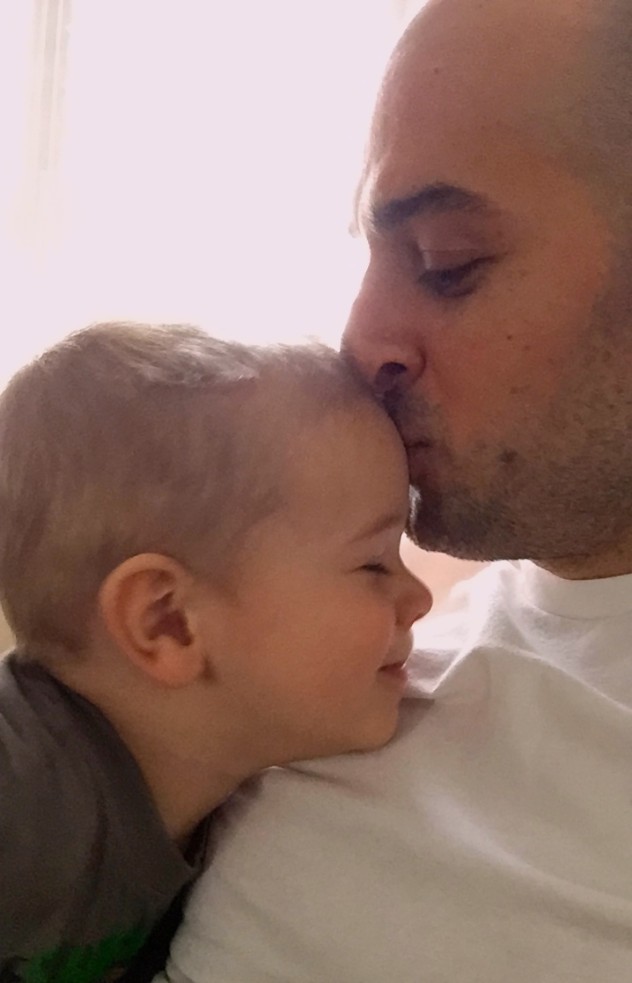As an adoptive parent, you might wonder about how to best to help your child feel loved, accepted and that she belongs. This is quick overview of the essentials in helping your adopted child develop an attachment to you through your bonding behaviour.
The essentials of attachment and bonding:
- Children attach (form an attachment) to their parents who is usually the person who is meeting their needs. Parents bond with their children and adults form attachments or bonds to intimate partners. Lots of people use these terms interchangeably however for clarity, this is the ways the terms are used here.

- Attachment behaviours are those behaviours that evoke nurturing, protecting and comforting behaviour in the parent. In this way, the parent is signaled by the child to meet the child’s basic needs, and for comfort and safety. Attachment behaviours will vary according to age / developmental age of the child.
- Bonding behaviours are the parent’s responses to the child’s attachment behaviours and those that are initiated by the parent to meet the child’s needs.
- Attachment behaviour in infants and toddlers: crying, whining (preverbal vocalizations that are a step down from crying), cooing, smiling, reaching, face gazing, touching, clinging, following, turning toward parent and similar sorts of behaviour. The goal of these behaviours is to get needs met. Basic needs are food, warmth, comfort, relief from discomfort, play and socialization and to maintain close proximity to ensure safety from environmental dangers.
- Attachment behaviours in older children / teens: all of the above, and seek affection from parent, accept affection from parent, give affection in return to parent (in other words reciprocal affection); seek help or assistance when needed, accept help or assistance when needed (in other words, allow the parent to meet the child / youth’s needs), seek and accept comfort when scared, sick, injured. Maintain close enough proximity to parent when in dangerous or new situations.
- Bonding behaviour in parents: in general, parenting that enhances secure attachment is
- Sensitive: accurate, on target, correct read of the child’s attachment need
- Responsive: is in response to the child’s needs, a reciprocal interaction (like gentle ping pong)
- Timely: responses are immediate
- Predictable and consistent: this helps the child make sense of their new world.
